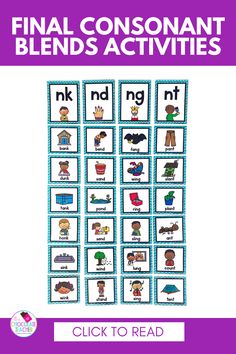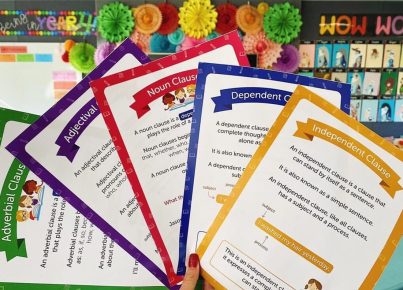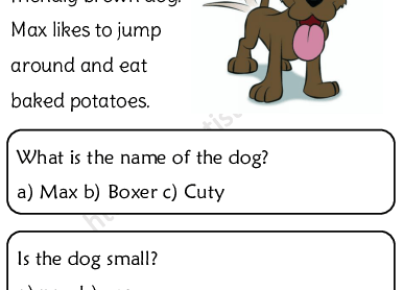Teaching children to read is a fundamental part of early education, and one key aspect of this process is learning about consonant blends. A consonant blend is a group of two or more consonants sounded together in such a way that each consonant is heard, like the ‘bl’ in “black” or the ‘str’ in “street.” But are these blends really worth focusing on in the classroom? Let’s delve into the reasons why teaching consonant blends is indeed worthwhile.
Firstly, understanding consonant blends helps with the development of phonological awareness—an essential component of reading ability. Phonological awareness is the skill that allows children to recognize and work with sounds in spoken language. By learning how to navigate through blends, children naturally enhance their ability to dissect and comprehend words, making it easier for them to tackle new reading material.
Moreover, the mastery of consonant blends can increase a child’s reading fluency. When children can quickly decode the sounds within words, they are less likely to struggle with or stumble over them while reading. This results in smoother and faster reading, which boosts comprehension as well because there’s less pause between words and more continuous thought processes.
Another significant reason for teaching blends is that it can improve spelling skills. When children understand how letters combine to make distinct sounds, they are better equipped to spell unfamiliar words correctly. This is particularly useful for English language learners, who might not intuitively understand these sound relationships from their native language background.
Consonant blends also expand a child’s vocabulary as they become more adept at identifying and understanding more complex words. A solid grasp of consonant blends not only aids early readers with simpler texts but also prepares them for the challenges of more advanced literature as they progress through school.
Finally, engaging with consonant blends from an early stage encourages linguistic curiosity and love for word play by revealing patterns within words. Children who enjoy playing with language are likely to become lifelong readers and learners.
In conclusion, teaching consonant blends is a crucial part of literacy education that can have profound impacts on a child’s ability to read, write, understand complex materials and enjoy the world of words. It sets a strong foundation not only for academic success but also for a lifetime love of reading. Therefore, it’s clear that investing time in teaching these blends has extensive benefits and should be considered a valuable endeavour in every young learner’s journey.





